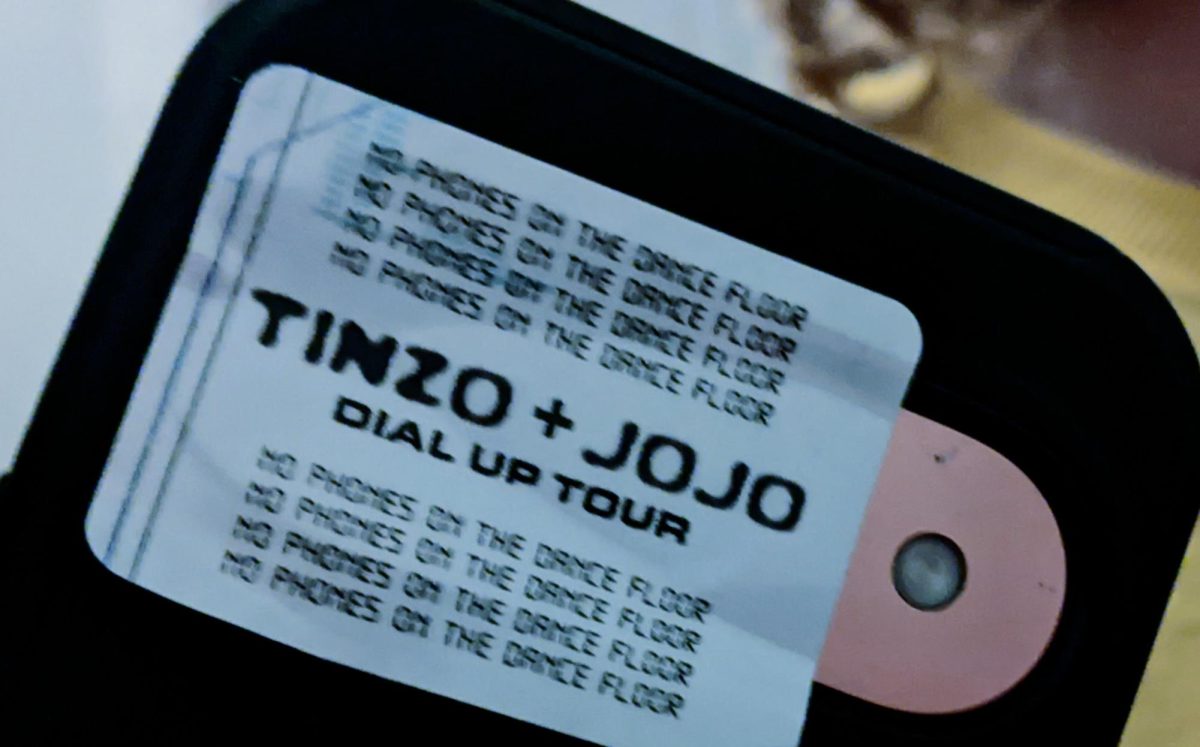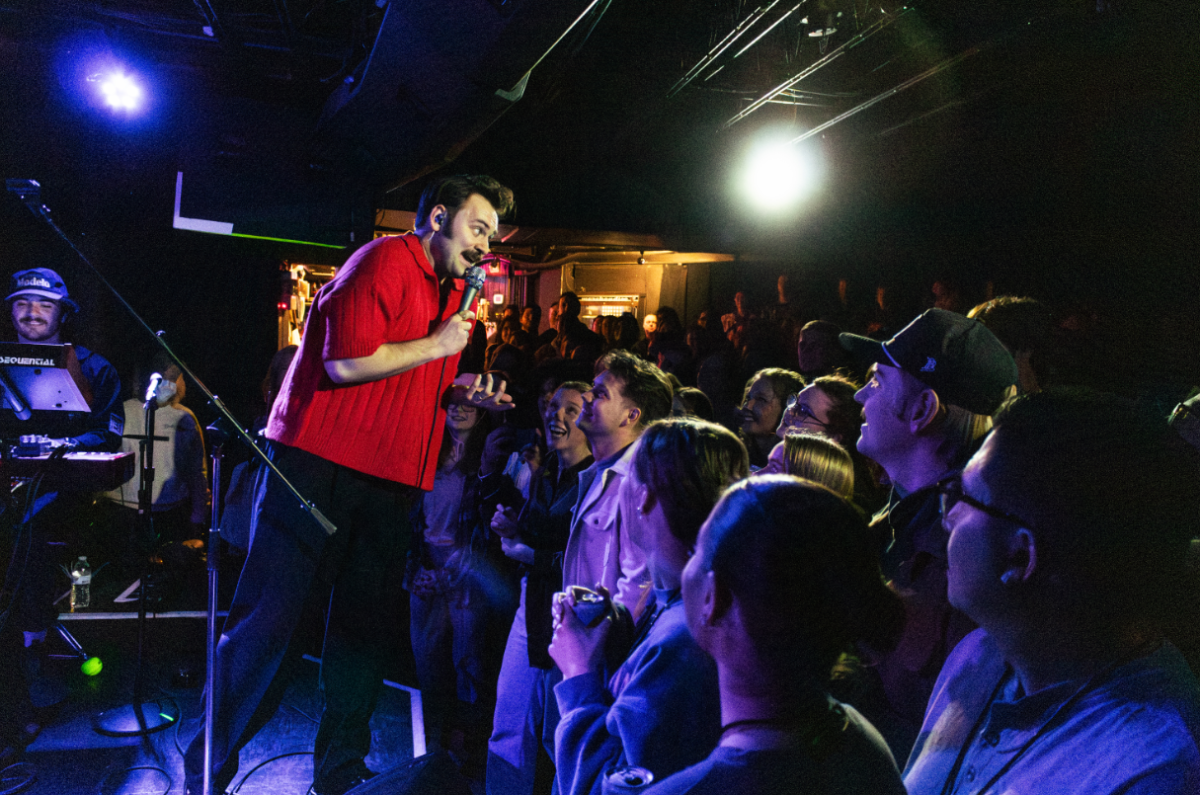Monday at the University of Minnesota was business as usual. TCF Bank Stadium was quiet, save for the stage cleanup. But Sarah Rosenthal was still giddy with excitement.
On Saturday, she, along with nearly 60,000 other fans, packed the stadium to see U2 in the first major non-football event there since TCF Stadium opened.
âÄúIt was unbelievable,âÄù Rosenthal said. âÄúI sang along every single line.âÄù
The concert, a success according to University officials, took months of planning and collaboration between many departments. Live Nation, the company organizing U2âÄôs 360° Tour, covered all costs incurred by the school for management of the event, such as extra police for crowd control, transportation for fans and cleanup.
Due to contract limitations, the University cannot release how much revenue the sold-out show brought in, but Garry Bowman, University athletics spokesman, said the concert âÄúmore than covered itself.âÄù
He said all of the money the University made âÄî like the rent Live Nation paid to use TCF Stadium âÄî that didnâÄôt go toward event costs will go to the athletics department.
Despite the large crowds, Scott Ellison, an associate athletics director at the University, said there were few problems.
âÄúIt went well,âÄù he said. âÄúIt went better than I thought it would.âÄù
The only âÄúbad thingâÄù to happen, he said, was the rain âÄî but even that turned into a crowd pleaser.
âÄúThe atmosphere in the stadium was unbelievable,âÄù Ellison said.
Rosenthal said the rain turned the concert into âÄúa really huge party.âÄù
University police monitored the weather for any lightning âÄî something they havenâÄôt had to do for previous sporting events, but in the end there wasnâÄôt any reason for concern, said University police Deputy Chief Chuck Miner.
The real challenge was managing a 60,000-strong crowd on a campus blocked by construction.
Congestion was not a problem leading up to the concert, as people came to line up at different times, said Sandy Cullen, an assistant director for Parking and Transportation Services.
Some general admission ticket holders showed up as early as 6 a.m. and waited more than 10 hours for doors to open, said Alicia Gruenwald, who showed up at 2 p.m.
She said she was the 1,048th person in line, and the number of people waiting doubled within two hours. But she said the wait wasnâÄôt bad.
Since Gruenwald lives a few blocks from the stadium, it only took her 15 minutes to walk home.
The commute was far longer for other fans.
Forty University police officers coordinated traffic, which took two hours to dissolve, Miner said. Overall, approximately 110 officers were dispatched that night, but Miner said the crowd was âÄúwell-behavedâÄù and police dealt with fewer problems than they did for football games, though they handed out a few disorderly conduct citations.
There were also some kinks with commuter shuttles taking fans from the stadium to the parking lots in St. Paul at the State Fairgrounds.
The University planned to have 1,400 parking spots available in St. Paul, but had to open two additional lots for more than 1,000 extra cars, Cullen said.
Some people leaving the concert had to wait in line and âÄújust werenâÄôt patient,âÄù Cullen said. She said the 22 buses the University made available had transported everyone by 1 a.m. âÄî an hour and a half after the last song.
Ellison said if the school has a concert next summer, traffic will be less of an issue because there will likely be less construction. Overall, he said the school would definitely be interested in holding another event.







